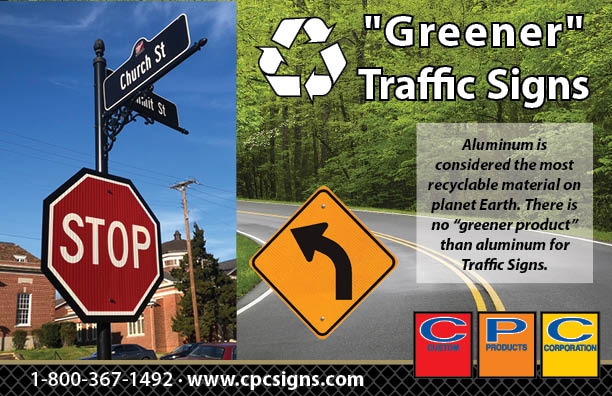
Welcome to the Custom Product News Feed
The CPC Newsfeed includes industry and safety news, product features, new products and product videos.
Newsfeed Topics
In depth articles on MUTCD compliancy, low cost safety measures, explanation of products, product introductions and overviews, industry insights and more.

3M Certified Sign Fabricator
3M’s advanced reflective sheeting technologies, combined with our quality fabrication, result in signs that are highly visible in all lighting and weather conditions. This enhanced visibility plays a critical role in driver safety, helping motorists make quicker, more informed decisions—especially in low-light or high-speed environments.
By adhering to MUTCD standards, we ensure consistency in sign design, placement, and performance across roadways, which reduces confusion and improves traffic flow. Our signs are engineered to last, resist fading, and maintain reflectivity over time, reducing maintenance costs and increasing reliability.
Safer roads start with brighter signs—and that’s exactly what we deliver.
View the video from 3M for more information on the science of the 3M Full Cube Technology and why their DG3 is so much brighter than other types of reflective sheeting: view video

Aluminum is considered the most recyclable material on planet Earth for Traffic Signs
Did You Know?
There is no “greener product” than aluminum for Traffic Signs.
- Plastic signs have entered the traffic sign market multiple times over the years.
- While recyling plastic for the use in making traffic signs seems like a good idea, plastics have issues that aluminum does not:
- Plactic and PVC signs can be prone to fading or cracking in extreme weather.
- Once the plastic sign is at the end of its life, it no longer becomes easy to recycle it again and ends up in landfills or burned.
- Plastics are known to release toxins, become microplastics and enter out ground water endangering all life and our ecosystem.
- Until the 1970’s, steel and wood were the primary substrates for traffic signs.
- Aluminum was used during this time as well, but it was “airplane grade” (6061 alloy) which was way too expensive and unnecessary for a traffic sign.
- Advancements in the aluminum industry led to new alloys in the 1970’s and 80’s, so aluminum quickly replaced steel and wood.
- Since the 1980’s there have been multiple substrates designed to replace aluminum as the traffic sign substrate – fiberglass, Lexan, ACM, recycled plastic – and all have failed miserably. Aluminum has stood the test of time better than any other substrate.
- Aluminum is considered the most recyclable material on planet Earth, so nothing is a “greener product”.
- Review the CPC Signs Go Green initiative: LSMINGREENERSIGNS | CPC INITIATIVES | Greener Traffic Signs & Traffic Control Devices


